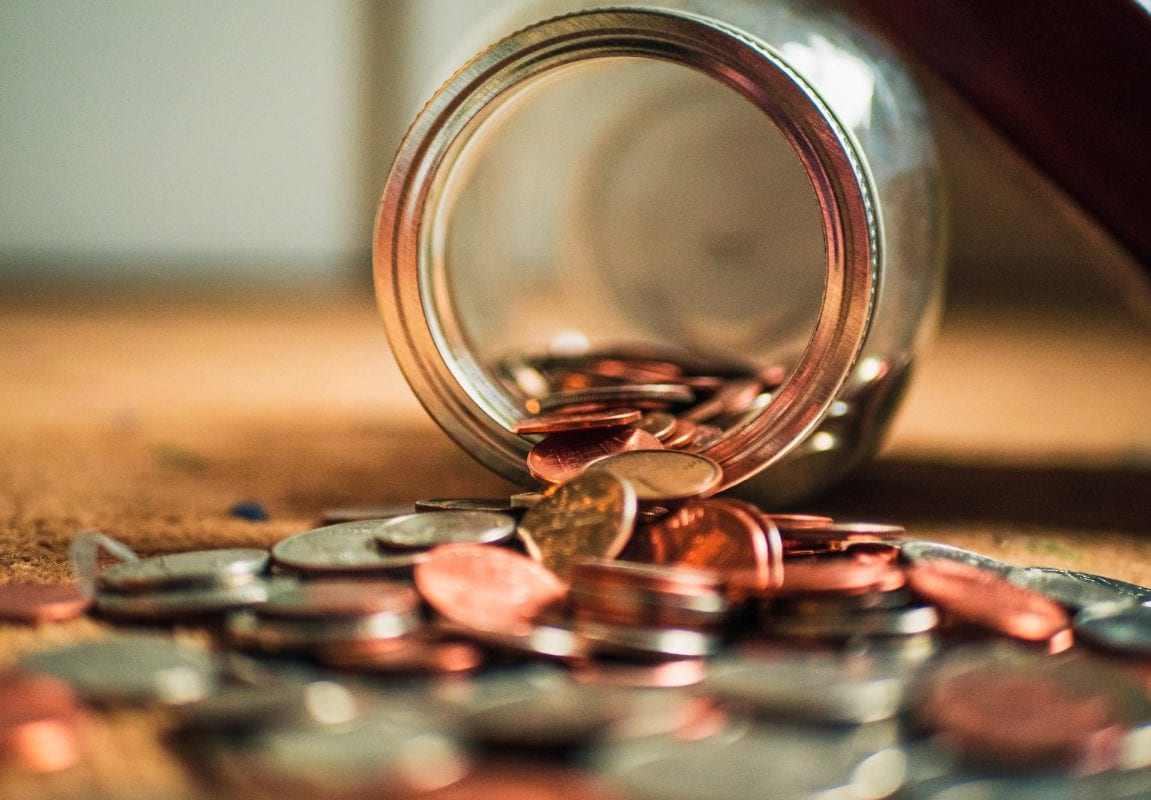Save More on Tax Payments
With the amount of tax-free personal allowance increased in 2018, most taxpayers will enjoy a bit of extra cash.
The Personal Allowance rate for the 2017/18 tax year is currently at £11,500. Last April 2018, the amount went up by £350, bringing tax-free Personal Allowance to £11,850. Applicable until April 2019, most taxpayers will enjoy 12 months of this boon.
What is the tax-free Personal Allowance?
This refers to the amount a person can earn every tax year before any income tax is applied. For example, if you’re working in the UK and earning more than £11,850, only the amount earned above the Personal Allowance is taxed through the PAYE system.
2018 changes on the UK tax
Along with the increased amount of Personal Allowance is the change in the tax code. From 1150L, it will be changed to 1185L. HMRC announced that the new tax code will be used starting 6 April 2018 by your employer and on your other source of income.
Depending on your own set of circumstances, your new tax code may be similar to 1185L if not exactly the same. It can be higher or lower. Whichever is the case, a new tax code means the income tax is lesser.
The change also comes with a £70 benefit to the basic rate taxpayer.
The new figures for the tax bands for the 2018/19 tax year are:
- Basic Rate: £11,850
- Personal Savings Allowance (Basic Rate taxpayers): £1000
- Higher Rate: £46,350
- Personal Savings Allowance (Higher Rate taxpayers): £500
- Additional Rate: Over £150,000
- Transferable married couples allowance: £1185
- Dividend Allowance: £2000
- Blind Persons’ Allowance: £2390
Impact on higher rate taxpayers
Similar to the basic rate taxpayers, people taxed at a higher rate because of the amount they earn will also enjoy an increase in their tax-free income threshold in April 2018.
Currently, any amount above £45,000 earnings is taxed at a 40% rate. The threshold has also been increased to £1,350. This means the 40% tax will only be applied to earnings over £46,350.
Higher rate taxpayers will enjoy a saving of £240 over the year.
Is the increase in Personal Allowance the same everywhere in the UK?
The same amount is applied in all four UK countries with the exception of the Scottish Government. This is because they can set their own tax bands and their own rates of income tax.
Anyone living in Scotland will have to calculate their tax concerns based on the rates set by the Scottish Government. Income generated from their savings and dividends, however, is subject to rates applied to the rest of the UK.
Not sure about your tax situation?
The UK tax system is never simple and straightforward. The slightest change in rates will have an impact across the board, including how your UK tax return will be calculated.
On this note, refer to tax specialists for guidance and professional advice on your specific circumstances given the changes in the Personal Allowance. Find out how much tax should be deducted from your income through PAYE or otherwise.

